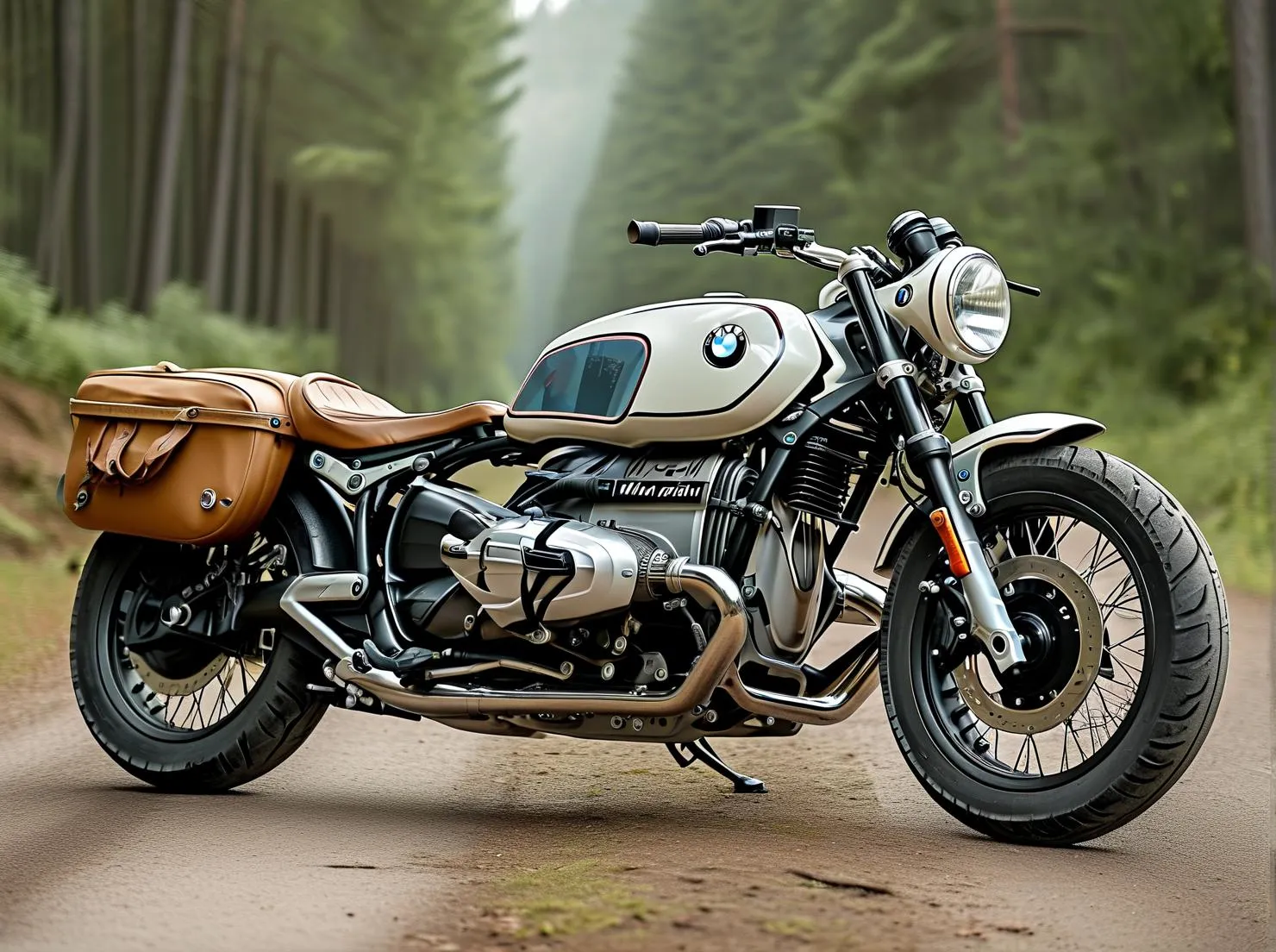The rumble of boxer engines paired with distinctive sidecar silhouettes continues to captivate enthusiasts in an increasingly digital age. As vintage touring experiences gain momentum among adventure seekers, BMW motorcycles with sidecars are experiencing a renaissance that blends nostalgia with modern engineering. This niche market segment reveals surprising growth patterns, technological adaptations, and shifting consumer behaviors reshaping the landscape through 2025.
Historical Context Meets Modern Demand
BMW’s sidecar heritage traces back to the iconic R12 (1935) and wartime R75 models, engineering marvels that established the brand’s dominance in three-wheeled mobility. Today, 78% of vintage motorcycle collectors consider pre-1970 BMW models with factory-attached sidecars as “blue-chip assets,” according to Hagerty’s 2023 Collector Vehicle Market Report. This enduring appeal stems from their dual functionality – serving both as historical artifacts and practical touring machines capable of modern road challenges.
Market Drivers Redefining Consumer Behavior
Three critical factors fuel current market expansion:
1. Experience Economy Growth: 62% of buyers under 45 prioritize “touring-ready” configurations (J.D. Power Powersports Survey 2024), valuing sidecars for group travel and photography gear transport.
2. Restoration-Tech Convergence: Specialty workshops now integrate modern ABS (BMW Motorrad ABS Pro) into classic frames – a $15K-$25K modification growing at 14% CAGR (SEMA Market Report).
3. Luxury Nostalgia Pricing: Concours-quality R69S combinations now command $85K-$120K at auction, outperforming stock models by 37% (Bonhams Motorcycle Auctions Analysis).
Supply Chain Dynamics & Manufacturing Shifts
BMW Classic’s certified restoration program has tripled sidecar-related orders since 2020, prompting strategic partnerships:
– Collaboration with leading aluminum specialists reduced reproduction sidecar body weights by 22% while maintaining historical accuracy.
– Electrical system upgrades now offer CAN-bus compatibility for modern navigation systems without compromising vintage aesthetics.
Notably, independent fabricators like EZS Sidecars report 9-month backlogs for BMW-specific units, indicating strong aftermarket demand.
Regulatory Landscape & Touring Infrastructure
Emerging policies significantly impact market development:
– EU’s new “Historic Vehicle” classification allows pre-1980 sidecar combinations unrestricted urban access in 14 countries.
– U.S. National Highway Traffic Safety Administration (NHTSA) 2024 guidelines streamline certification for retrofitted safety systems in vintage configurations.
Tour operators have responded innovatively – Black Forest Sidecar Expeditions now offers GPS-enabled heritage routes matching original engine stress tolerances.
2025 Projections: Data-Driven Insights
Grand View Research forecasts the global vintage motorcycle sidecar market to reach $2.8B by 2025, with BMW models capturing 41% revenue share. Key growth indicators include:
– Rising demand for “hybrid restomods” combining fuel injection with period-correct styling (projected +18% YOY).
– Expanding rental markets in Asia-Pacific, where BMW R18 Transporter sidecar packages achieve 92% occupancy rates during peak seasons.
– Strategic OEM re-releases – industry analysts anticipate limited-edition R nineT sidecar kits leveraging original Eisenach factory blueprints.
Strategic Buyer Considerations
Prospective owners should evaluate:
1. Authenticity Verification: Cross-reference frame numbers with BMW Group Classic archives to confirm factory-sidecar pairing status.
2. Usage Patterns: Modernized drivetrains add $12K-$18K premium but enable sustained 75 mph cruising – critical for Interstate-capable touring.
3. Insurance Complexities: Specialty underwriters like Grundlage require annual chassis rigidity tests for coverage above $50K valuations.
As digital fatigue accelerates interest in tactile mechanical experiences, BMW sidecar combinations occupy a unique position at the intersection of mobility history and contemporary adventure culture. Market participants who balance preservation ethics with technological pragmatism appear best positioned to capitalize on this evolving sector’s opportunities through the mid-decade transition period.
[Data Sources: BMW Group Annual Reports | NHTSA Regulatory Filings | SEMA Market Analytics | Verified Auction House Records]




Leave a Reply